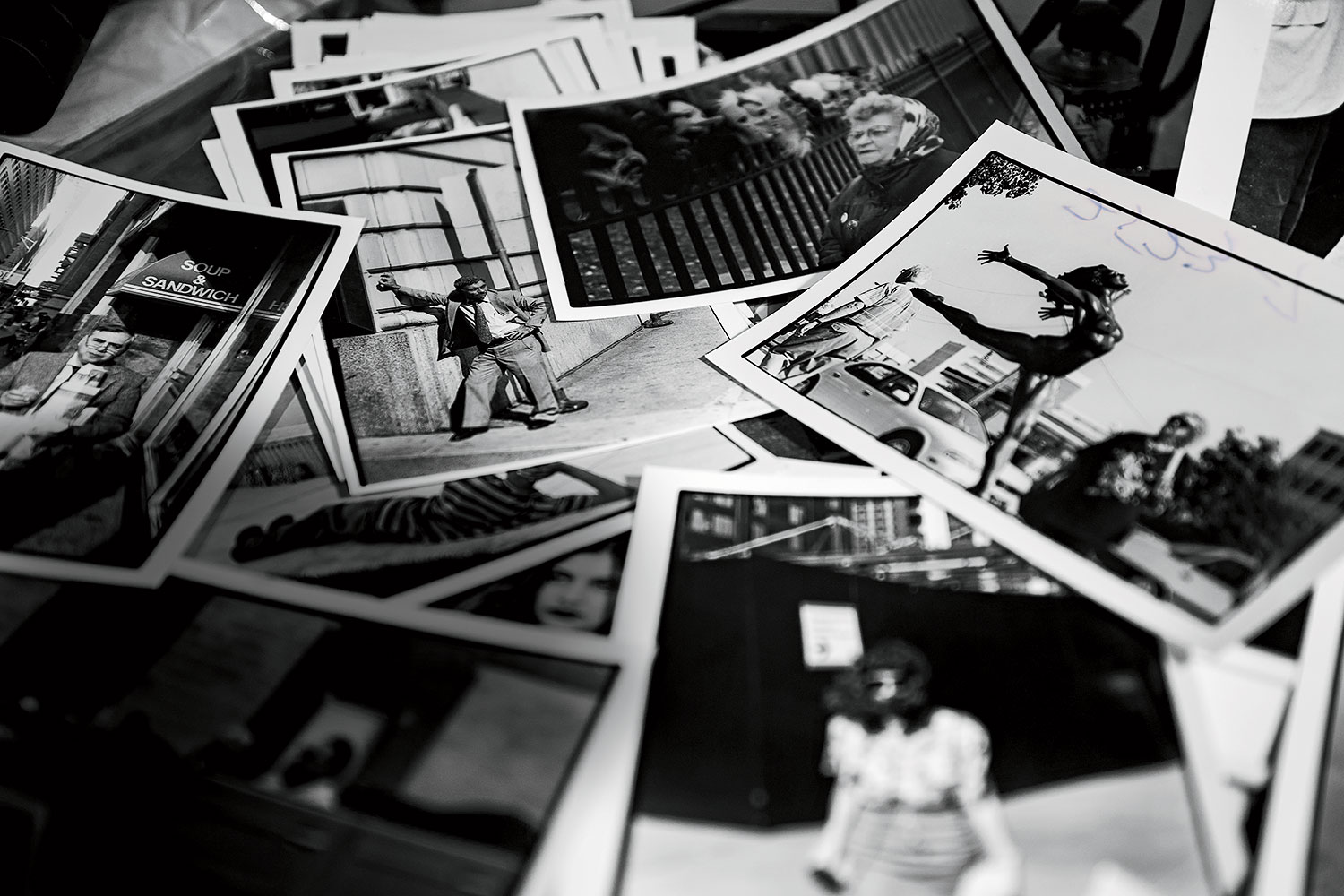During the pandemic, most people retreated to their homes. Jay King retreated into his past. Several times a week, he would walk down the basement steps of his Geneva home and sort through thousands of film negatives he had filed away years before.
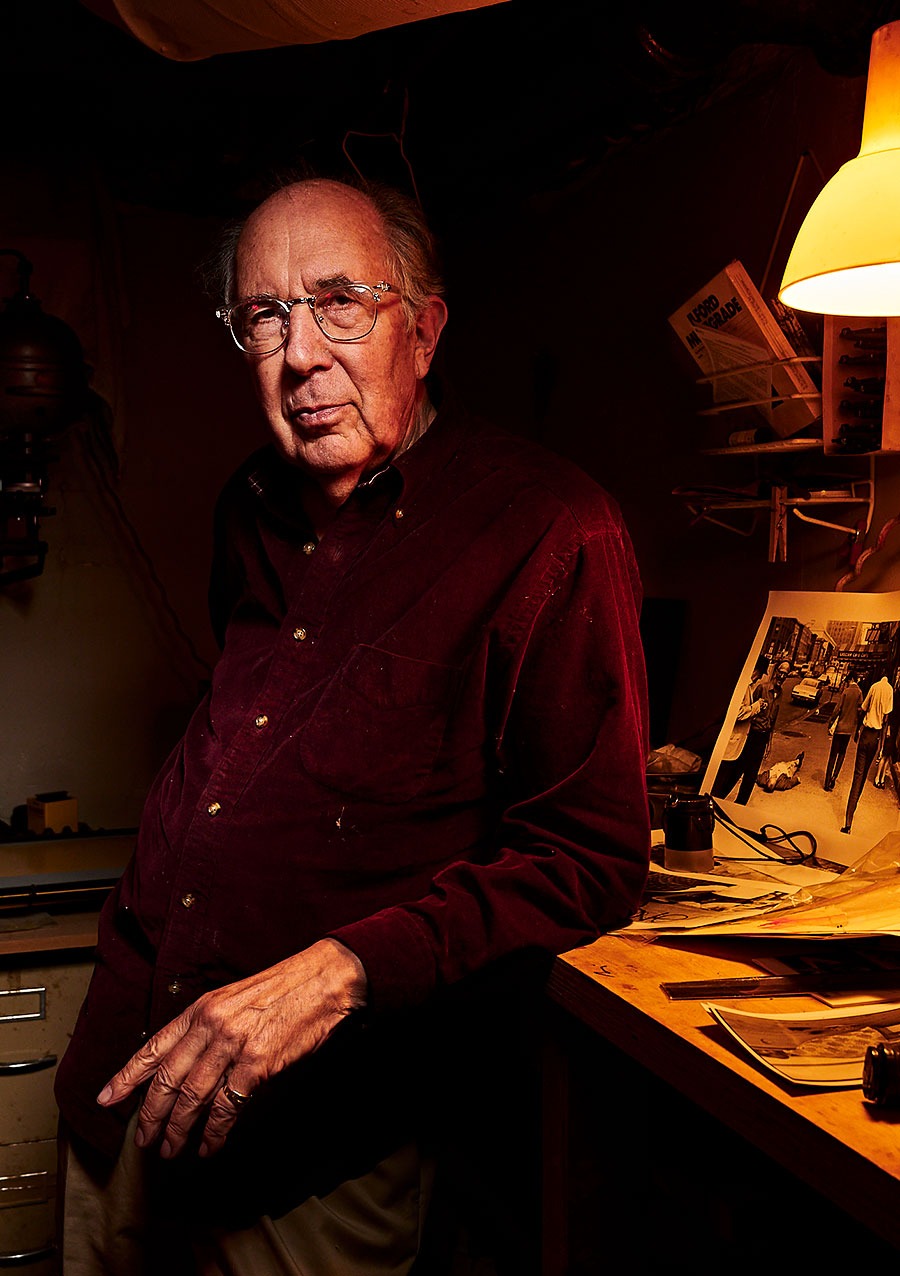
King, 78, spent his working life as a commercial photographer. But his heart was on the street. Starting in 1962 and for the next four decades, he would roam Chicago with his small, quiet Leica rangefinder camera.
His goal? He says he had none: “I just enjoyed it.”
King’s work, part journalistic and part artistic, was singular. In 1964, he showed prints to Hugh Edwards, the Art Institute of Chicago’s influential curator of photography, who placed some of King’s images in traveling exhibitions. Later, the Chicago photo dealer Stephen Daiter, who calls King one of the city’s most significant street photographers, sold his prints, including several to New York’s Museum of Modern Art. King was little known outside the world of galleries, but the attention he did receive didn’t change his approach. “I was doing it for myself, not a gallery,” he says.
“Street photography is a lonely business. You aren’t controlling what happens. You are trying to catch what happens.”
King would process his own rolls of 35 mm film and, from the contact sheets he made of his daily shoots, pick a few images to print. Then he’d store the work away. Many of his photographs never saw the light of day.
Until now. When the pandemic hit, King returned to the negatives. “I was shocked by what I had passed over,” he says. “Times change. Tastes change. What seemed insignificant then became important now.”
On these pages you will see nine of his favorite finds — all printed the old-fashioned way in a darkroom, using an enlarger and photographic paper — and his stories behind them.
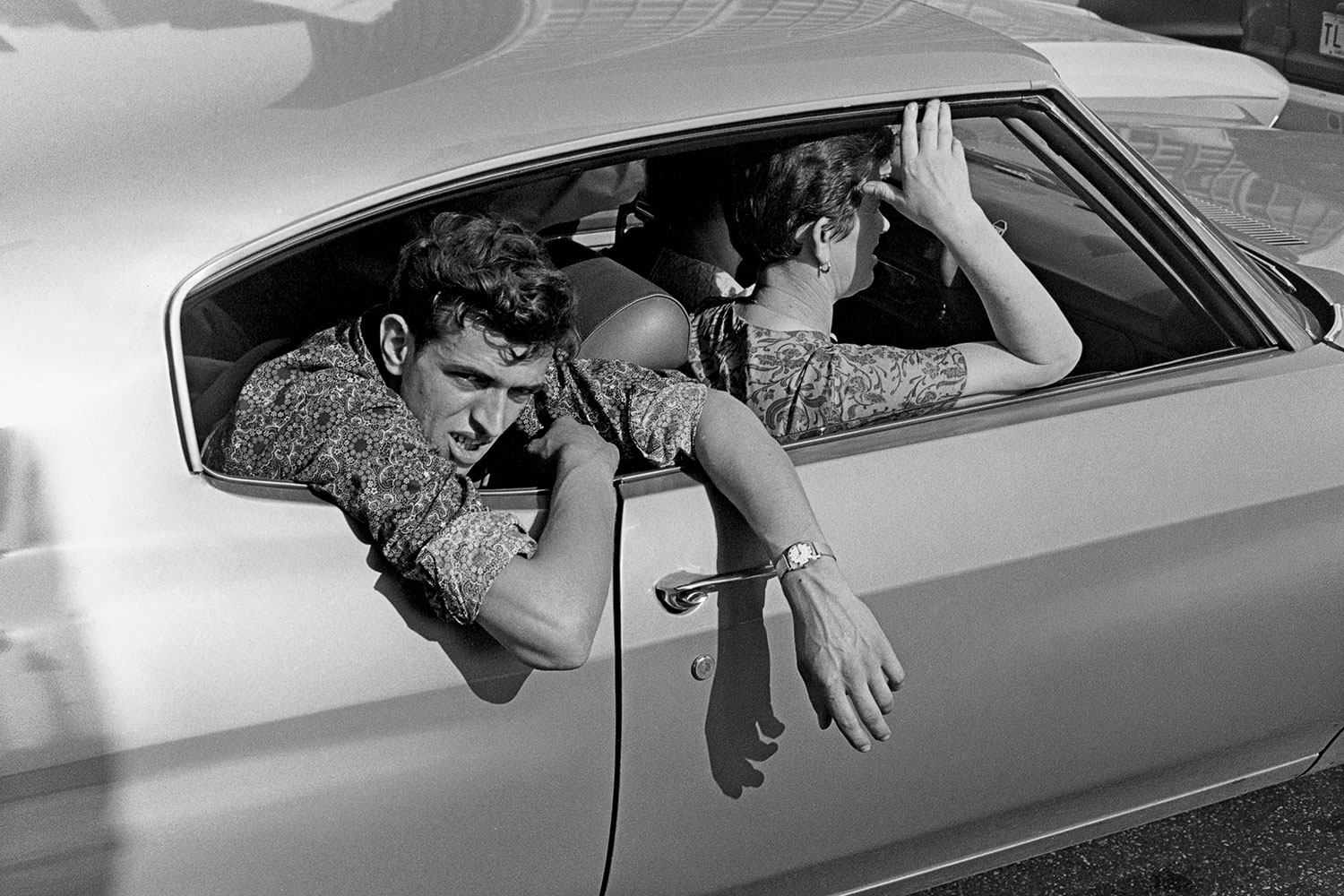
1971 “This is before everybody drove around in air-conditioned cars. You could actually see inside cars in those days. This guy is leaning out to keep cool while the car — it looks like a 1960s Chevy — is stuck in traffic. Take a look at all the changes: the hairstyles, paisley shirt, even the watch. Not many people wear watches anymore.”
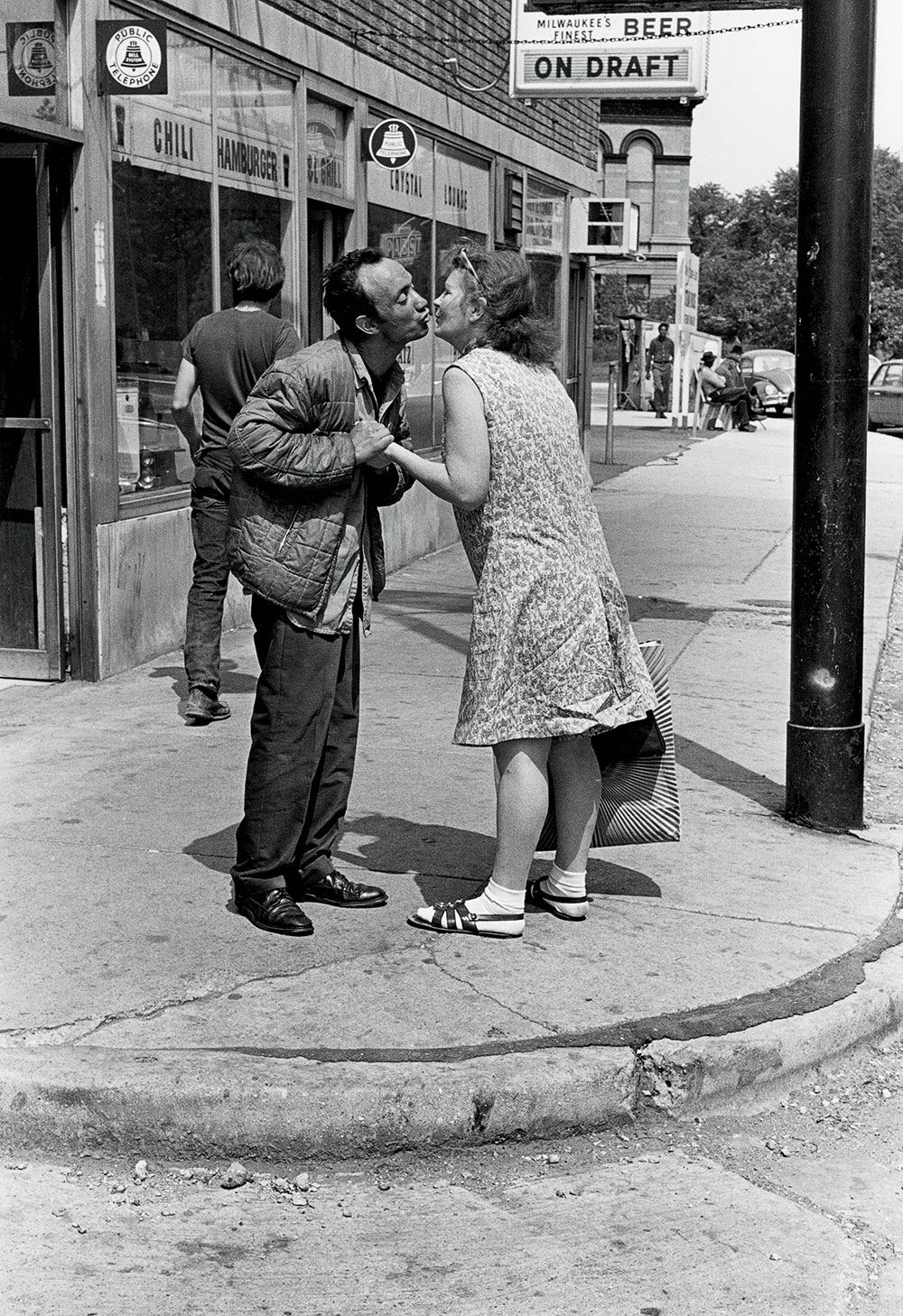
1969 “This shows how completely a neighborhood changes. It’s on Armitage Avenue, just west of Clark Street. The Lincoln Park West condominium replaced most of the buildings along this block. I lived nearby and shot a lot here. The couple doesn’t seem to have a lot of money, but they do have a lot of love.”
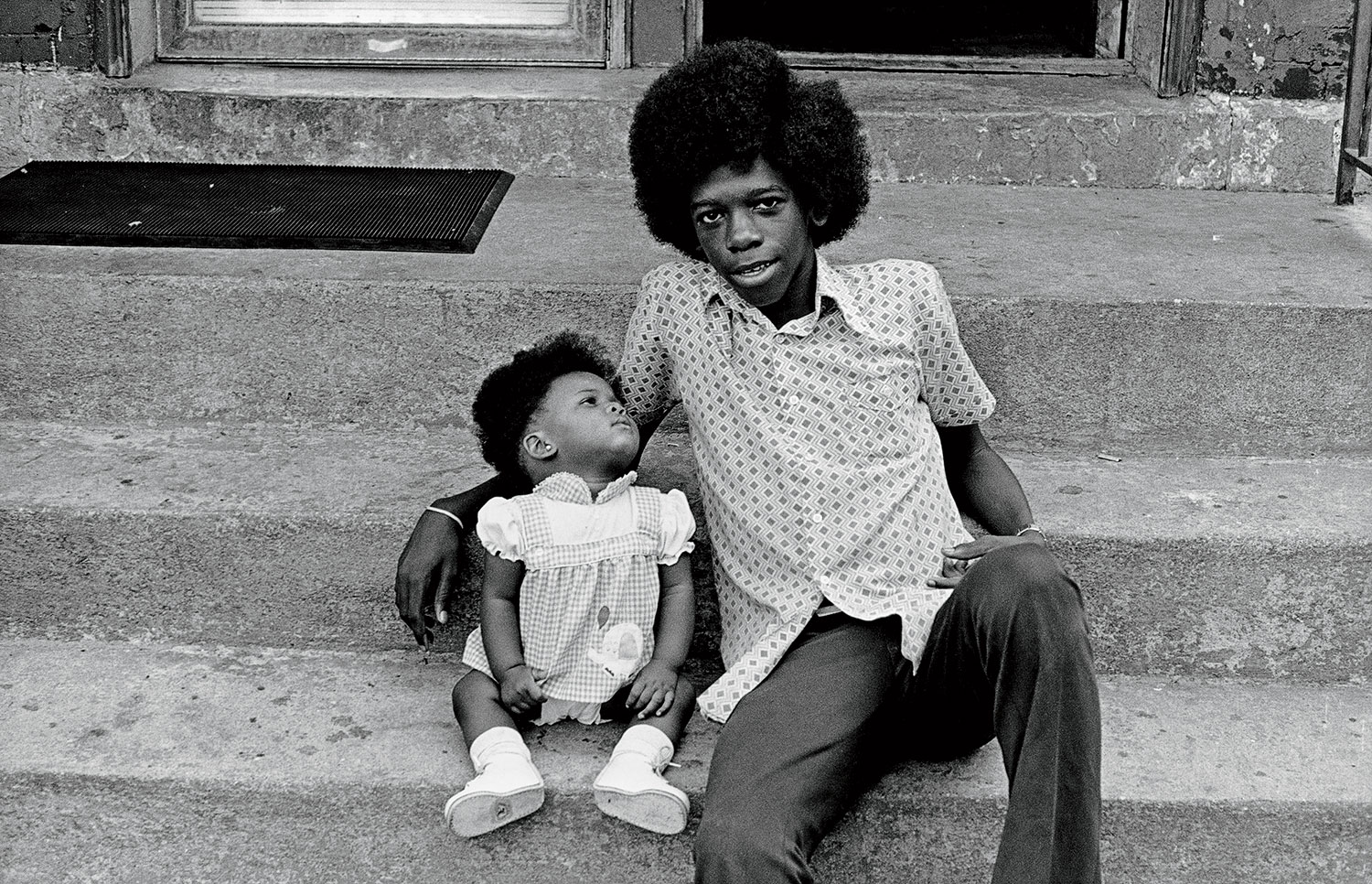
1974 “This was taken in the neighborhood of my photo studio on Chicago Avenue near Franklin Street. People were much friendlier to photographers in those days. They liked to be photographed. It gave them a sense of importance. I like the sweet and endearing quality of this photo.”
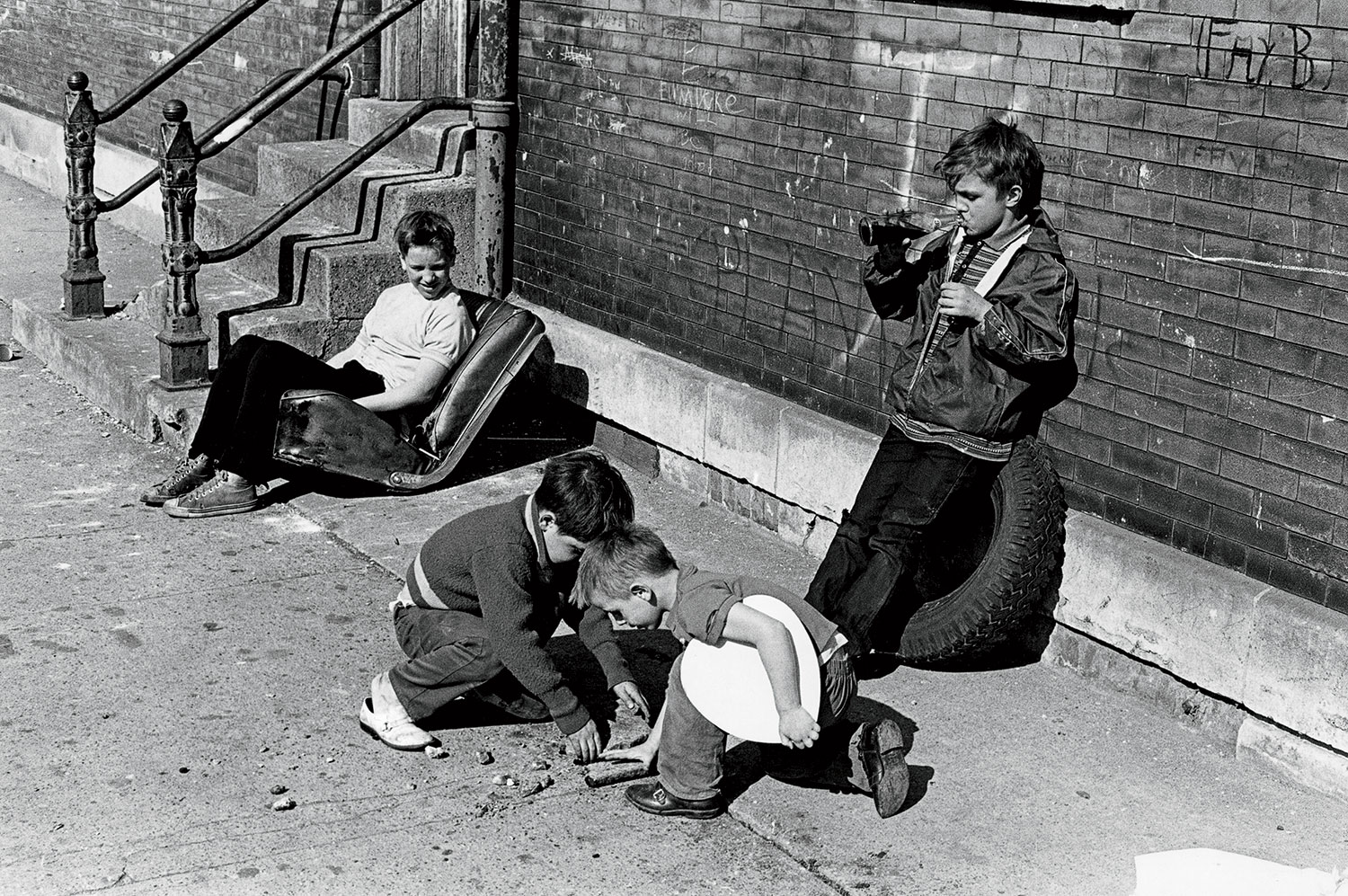
1971 “I love photographing kids on the street. This was taken on the North Side. There is a lot going on: a boy resting on a tire swigging on a bottle, two boys examining a crack on the sidewalk. But what makes the picture is the boy looking back at his friends. He’s sitting in an actual car seat. It almost looks like a movie set.”
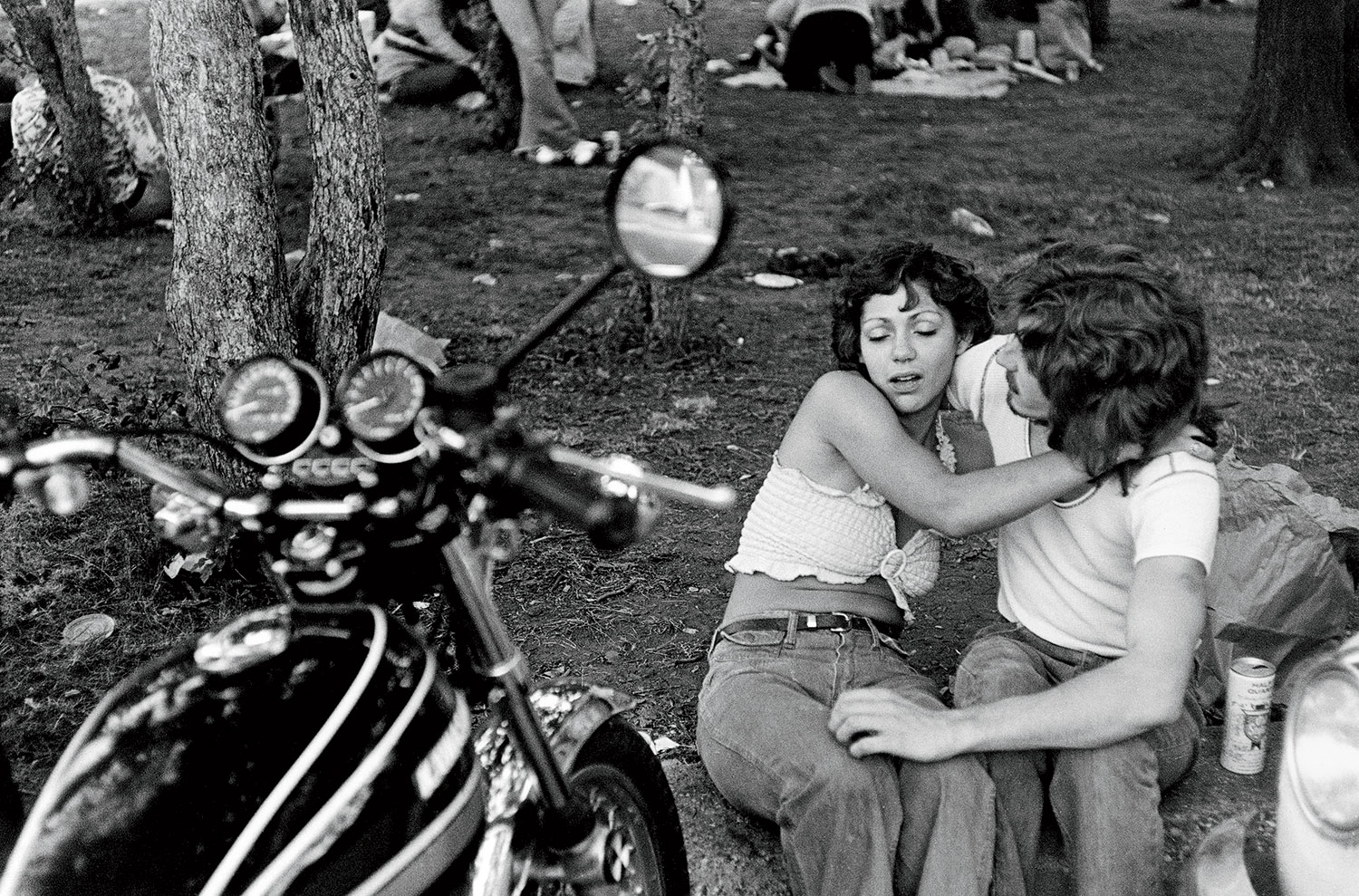
1976 “This is Lincoln Park. I didn’t print this at the time because it seemed like a missed shot. We photographers were looking for the decisive moment. Now I see this as an authentic moment. The motorcycle. The mirror. The beer can. A relationship that’s starting … or ending.”
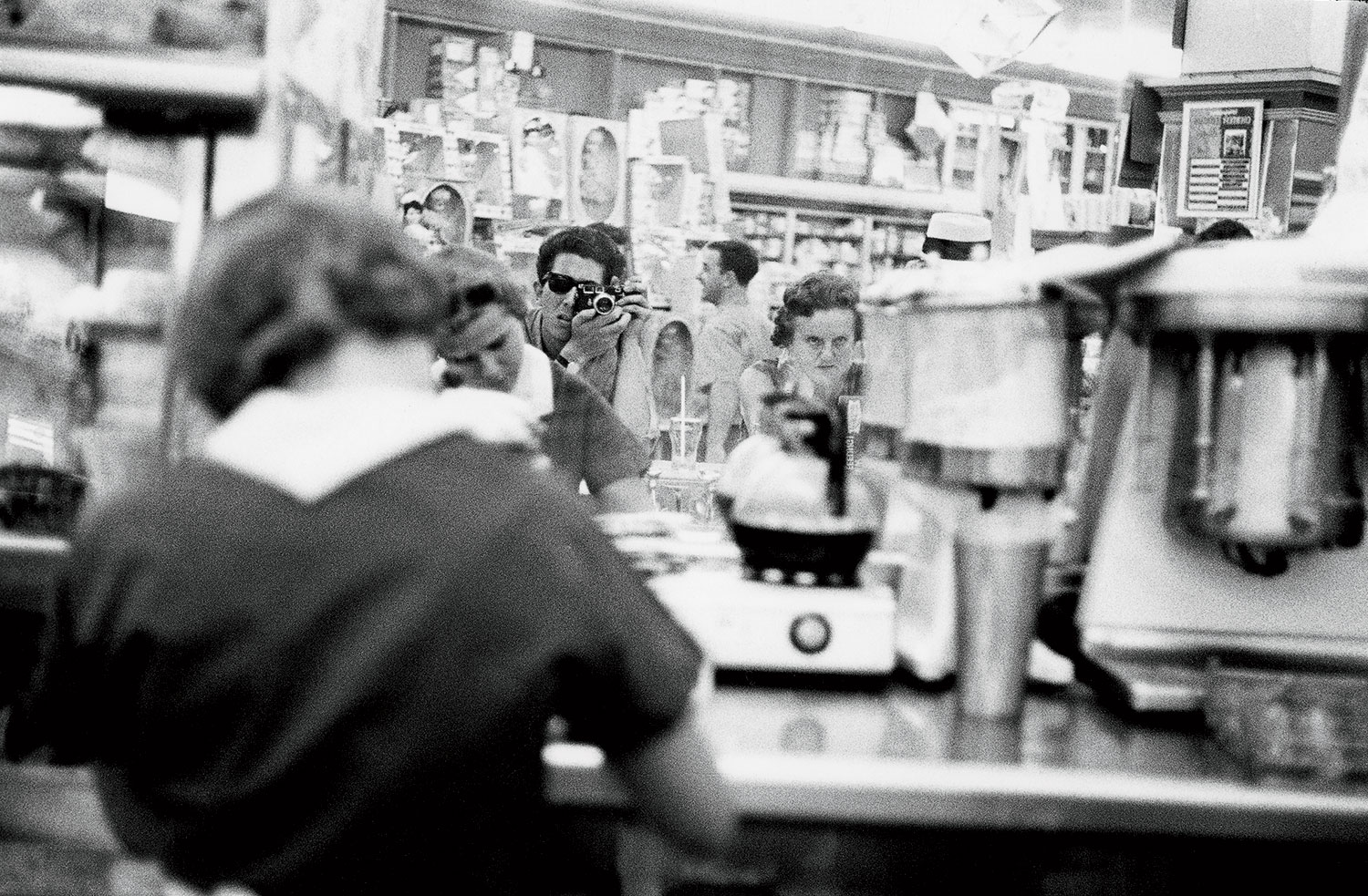
1964 “The Woolworth’s diner on State Street was a place where you could get a meal for a buck. The lunch counter was ideal if you were alone. I was 20 when I took this picture. I’m surprised I was wearing sunglasses inside. I was using my first serious camera, a Leica, which I still have.”
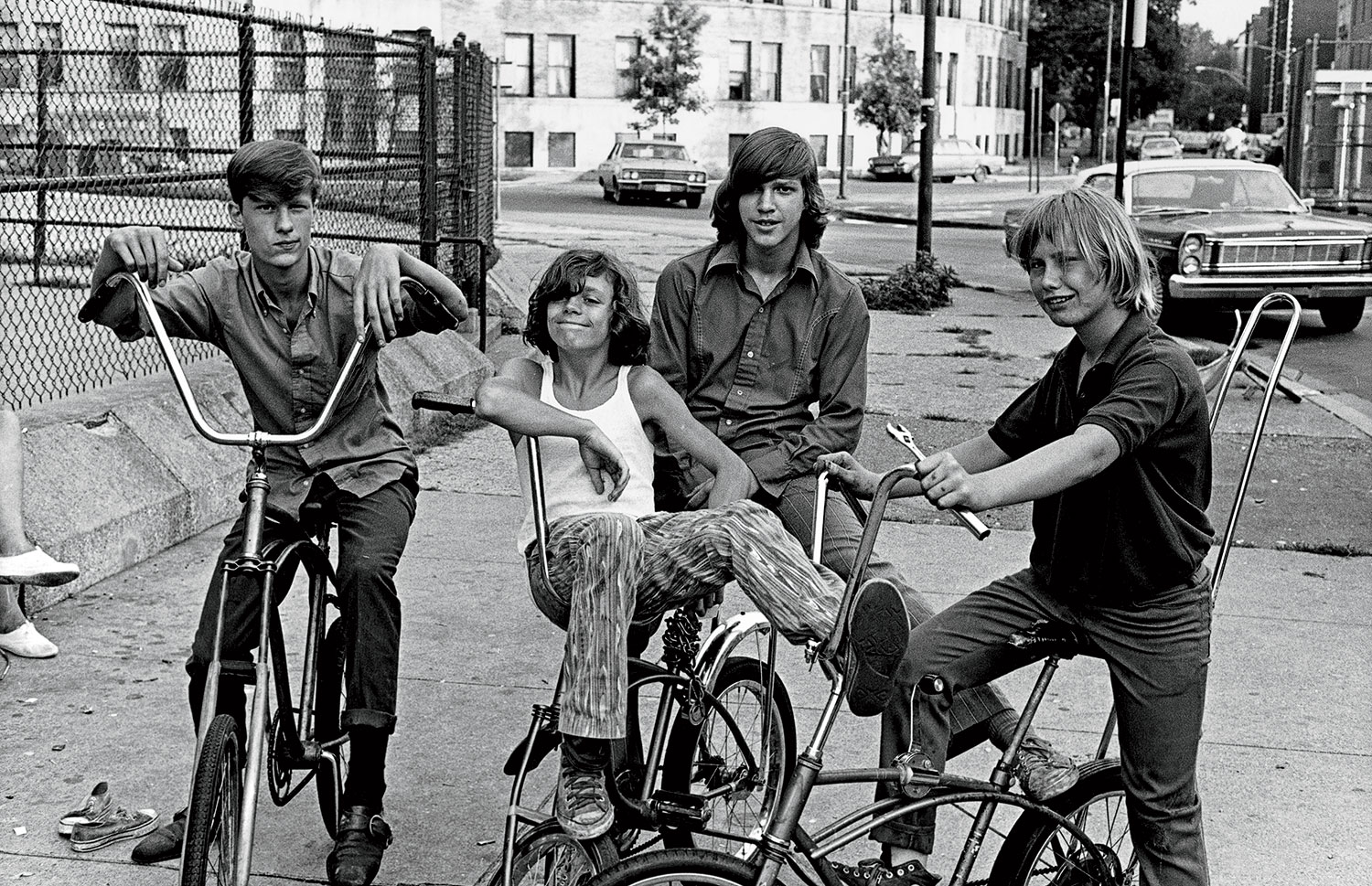
1971 “This is in Uptown near Buena Park. I hung out a lot in that neighborhood then. I would take pictures one day and return a few days later with small prints for my subjects. People knew me; they called me the Picture Man. They would approach me and ask me to take their picture. Those were exciting days. You didn’t know what was going to happen or who you were going to meet.”
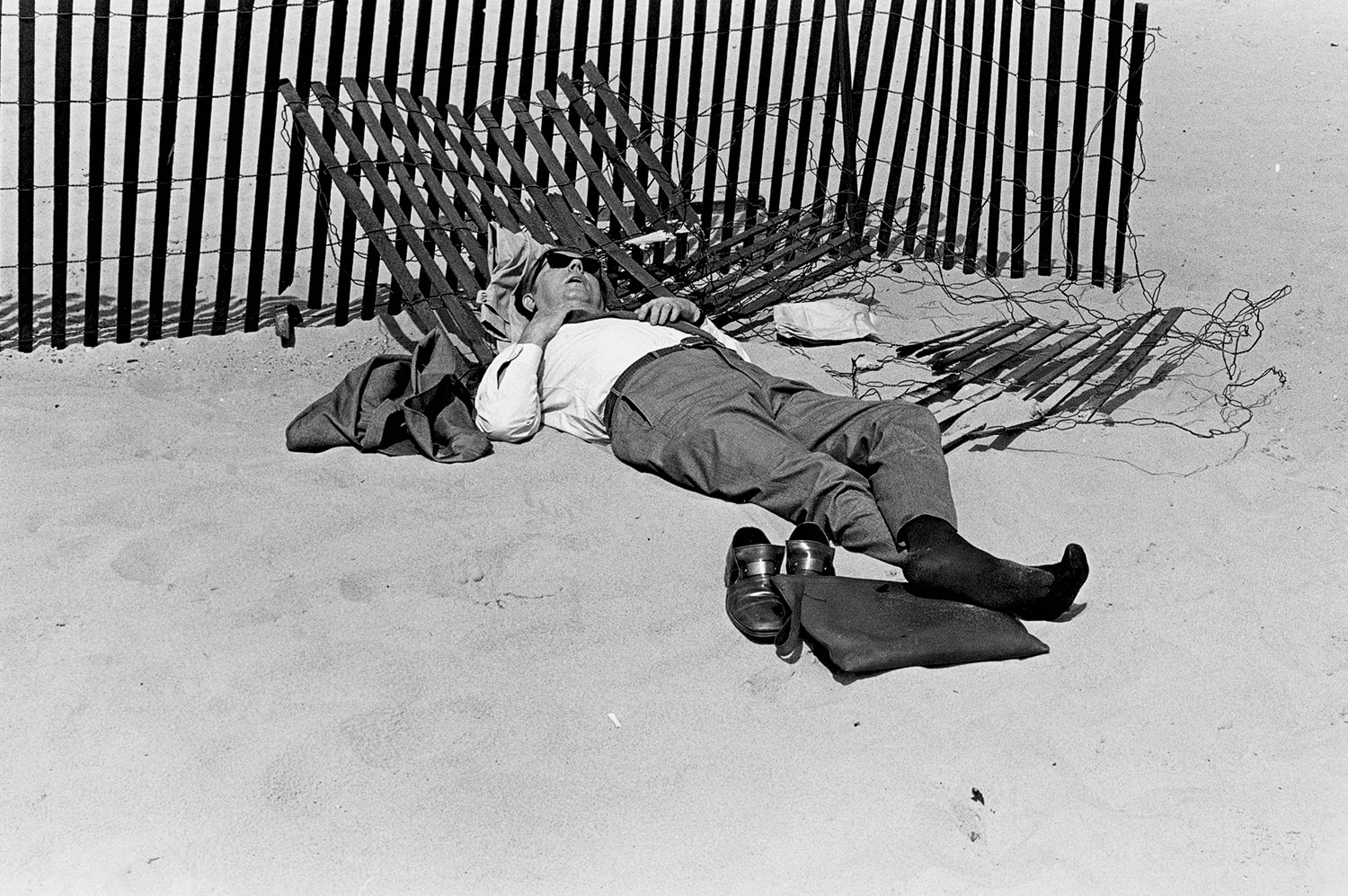
1971 “What makes this picture so interesting now is the composition of the man and the snow fence. This is probably Oak Street Beach. I like the fact that this guy, so well dressed, used the fence to prop his head — something I would do myself. It happened so fast, I just grabbed it.”
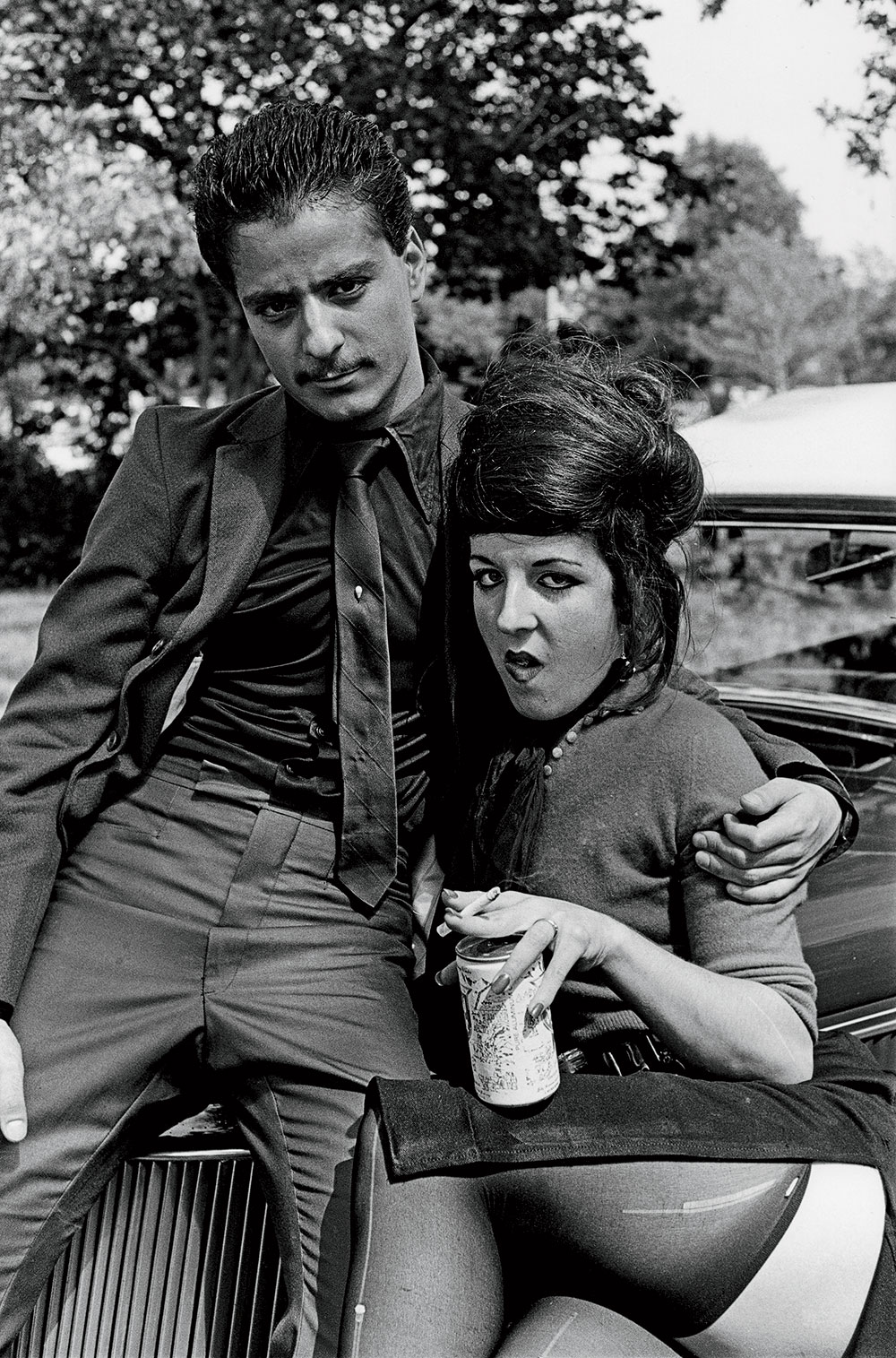
1977 “This was more of a collaboration than a grab shot. I think it was in a parking lot near Montrose Beach. It has so much of a Diane Arbus mood to it. But I might have passed on it years ago because it presented so many challenges to print. There’s harsh light and I had to work a long time in the darkroom to make this work. You look at these people and wonder where they are now.”
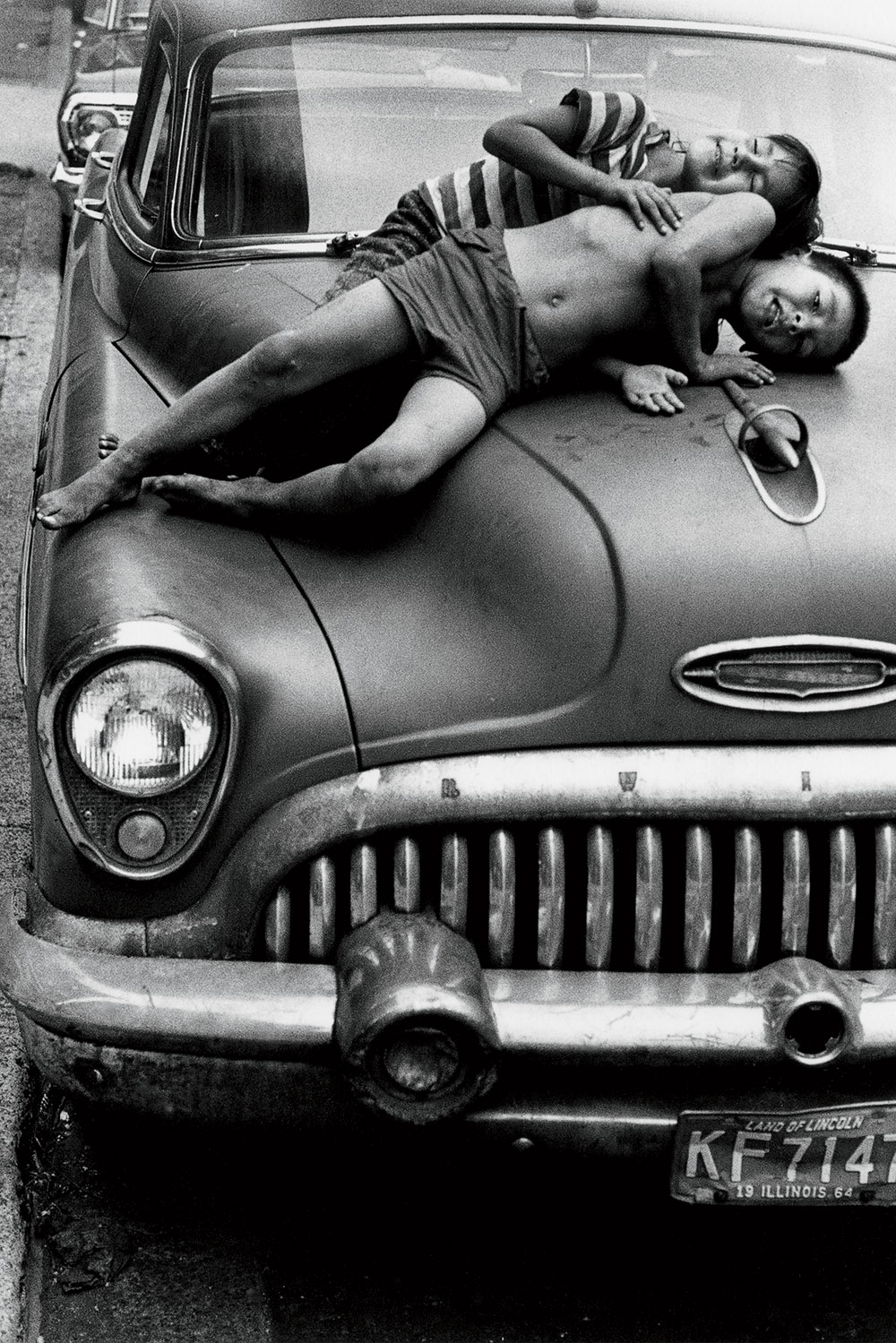
1964 “The boys were just playing around a 1950s-era Buick — they were just hanging around. I liked Uptown because people were friendly. Nothing was posed here, but I’m sure they were aware of me.”



